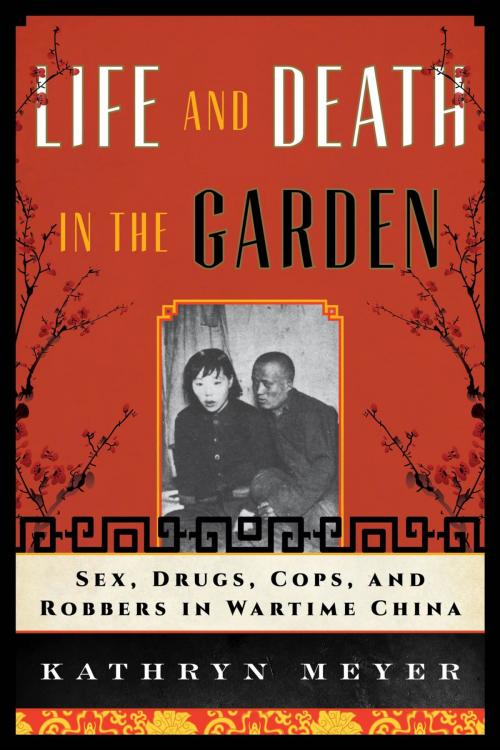Life and Death in the Garden
Sex, Drugs, Cops, and Robbers in Wartime China
Nonfiction, History, Asian, China, Modern, 20th Century, Military, World War II| Author: | Kathryn Meyer | ISBN: | 9781442223530 |
| Publisher: | Rowman & Littlefield Publishers | Publication: | September 11, 2014 |
| Imprint: | Rowman & Littlefield Publishers | Language: | English |
| Author: | Kathryn Meyer |
| ISBN: | 9781442223530 |
| Publisher: | Rowman & Littlefield Publishers |
| Publication: | September 11, 2014 |
| Imprint: | Rowman & Littlefield Publishers |
| Language: | English |
This compelling book provides a rare glimpse into the heart of wartime China. Kathryn Meyer draws us into the perilous world of the Garden of Grand Vision, a ramshackle structure where a floating population of thousands found shelter from the freezing Siberian winter. They had come to the northern city of Harbin to find opportunity or to escape the turmoil of China in civil war. Instead they found despair. As the author vividly describes, corpses littered the halls waiting for the daily offal truck to cart the bodies away, vermin infested the walls, and relief came in the form of addiction. Yet the Garden also supported a vibrant informal economy. Rag pickers and thieves recycled everything from rat pelts to cigarette butts. Prostitutes entertained clients in the building’s halls and back alleys.
These people lived at the very bottom of Chinese society, yet rumors that Chinese spies hid among the residents concerned the Japanese authorities. For this population lived in Manchukuo, the first Japanese conquest in what became the Second World War. Thus, three Japanese police officers were dispatched into the underworld of occupied China to investigate crime and vice in the Harbin slums while their military leaders dragged Japan deeper into the Pacific War. While following these policemen, the reader discovers a remarkable and unexpected view of World War II in East Asia. Instead of recounting battles and military strategy, this book explores the margins of a violent and entrepreneurial society, the struggles of an occupying police force to maintain order, and the underbelly of Japanese espionage. Drawing on the author’s years of rediscovering the historical trail in Manchuria and research based on top-secret Japanese military documents and Chinese memoirs, this book offers a unique and powerful social and cultural history of a forgotten world.
This compelling book provides a rare glimpse into the heart of wartime China. Kathryn Meyer draws us into the perilous world of the Garden of Grand Vision, a ramshackle structure where a floating population of thousands found shelter from the freezing Siberian winter. They had come to the northern city of Harbin to find opportunity or to escape the turmoil of China in civil war. Instead they found despair. As the author vividly describes, corpses littered the halls waiting for the daily offal truck to cart the bodies away, vermin infested the walls, and relief came in the form of addiction. Yet the Garden also supported a vibrant informal economy. Rag pickers and thieves recycled everything from rat pelts to cigarette butts. Prostitutes entertained clients in the building’s halls and back alleys.
These people lived at the very bottom of Chinese society, yet rumors that Chinese spies hid among the residents concerned the Japanese authorities. For this population lived in Manchukuo, the first Japanese conquest in what became the Second World War. Thus, three Japanese police officers were dispatched into the underworld of occupied China to investigate crime and vice in the Harbin slums while their military leaders dragged Japan deeper into the Pacific War. While following these policemen, the reader discovers a remarkable and unexpected view of World War II in East Asia. Instead of recounting battles and military strategy, this book explores the margins of a violent and entrepreneurial society, the struggles of an occupying police force to maintain order, and the underbelly of Japanese espionage. Drawing on the author’s years of rediscovering the historical trail in Manchuria and research based on top-secret Japanese military documents and Chinese memoirs, this book offers a unique and powerful social and cultural history of a forgotten world.















